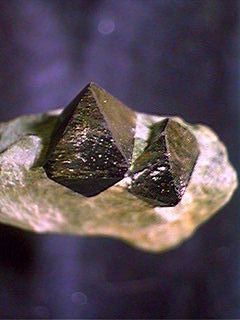The black crystals in this picture are a magnetic mineral called magnetite!
Click on image for full size
Corel
Related links:
Find out how to identify minerals (...and learn what shape, luster, color, streak, hardness, cleavage and fracture are all about!)
Meet some other nonsilicate minerals!
Magnetite
Magnetite is a natural magnet! Part of a mineral group called the oxides, magnetite can usually be identified by its strong magnetism and dark color.
Magnetite is often not very abundant, but it can be found in many different types of igneous, metamorphic, and sedimentary rocks. It can even be found in some meteorites. Most igneous rocks that form deep underground contain a small amount of magnetite crystals. Magnetite can also be found in metamorphic rocks that formed from iron-rich sedimentary rocks.
Black sand grains at beaches and elsewhere are often made of magnetite. If you find a beach that has black sand, try running a magnet over the surface and see whether the little black sand grains stick to it. Over time, those sand grains may cement together forming a sedimentary rock.
Why is magnetite so magnetic?
Any magnetic field is caused by a flow of negatively charged particles called electrons. In magnetite, electrons flow between two different types of iron that have different changes, to even out the changes. This flow of electrons within magnetite generates the magnetic field.
- Shape: Cubic (typically forming octahedron shapes)
- Luster: Metallic to sub-metallic
- Color: Gray, brown to black
- Streak: Black
- Hardness: 5.5 to 6.5 on Mohs Hardness Scale
- Cleavage: None
- Fracture: Conchoidal
Last modified June 12, 2003 by Lisa Gardiner.
You might also be interested in:
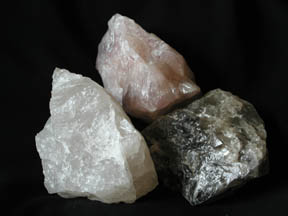
Spotting minerals is fun! There are many different types of minerals, each with a different name and a special set of characteristics. So, if you find a mineral that you do not recognize, you can use
...more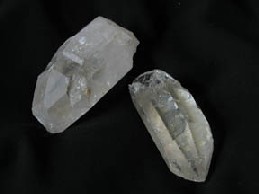
Quartz is one of the most common mineral in Earth’s crust! Silica (Si) and Oxygen (O) are the only elements within pure quartz. If a cooling magma has silica leftover after feldspars form, quartz is likely
...more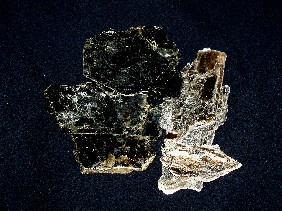
Mica minerals make some rocks sparkle! They are often found in igneous rocks such as granite and metamorphic rocks such as schist. They sparkle because light is reflected on their flat surfaces, which
...more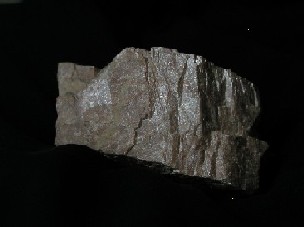
Feldspar is the most common mineral in the Earth’s crust, so you are very likely to find it in the rocks you collect! It is found it all of the three rock types, but is most common in intrusive igneous
...more
Olivine looks like little green crystals. It is typically found in some igneous and metamorphic rocks. Often the crystals are so small that you need to use your hand lens or magnifying glass to see them
...more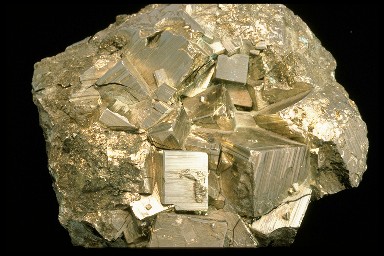
So far, over 2000 minerals have been found, and every year new ones are discovered. That's a lot of minerals! Don't worry! You don't need to know them all to be a rock hound. In fact, only a few dozen
...more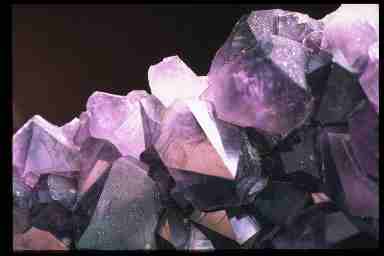
Minerals are the building blocks of rocks. They are non-living, solid, and, like all matter, are made of atoms of elements. There are many different types of minerals and each type is made of particular
...more


